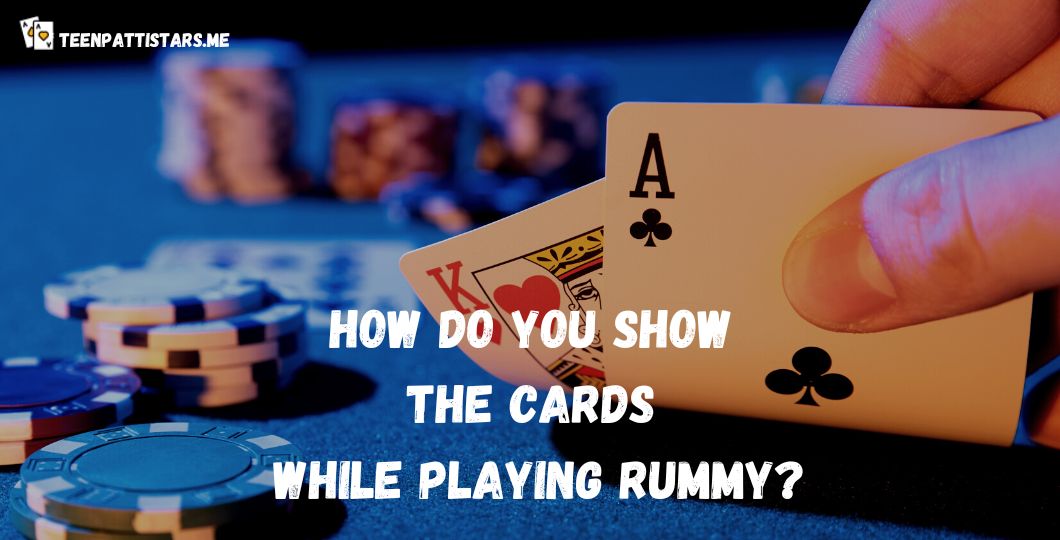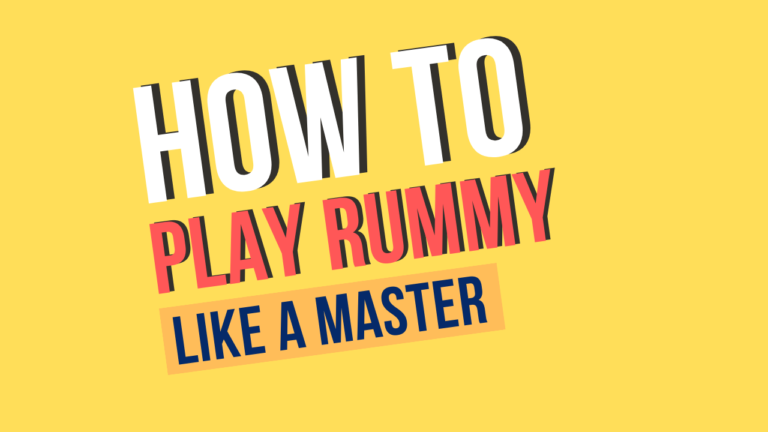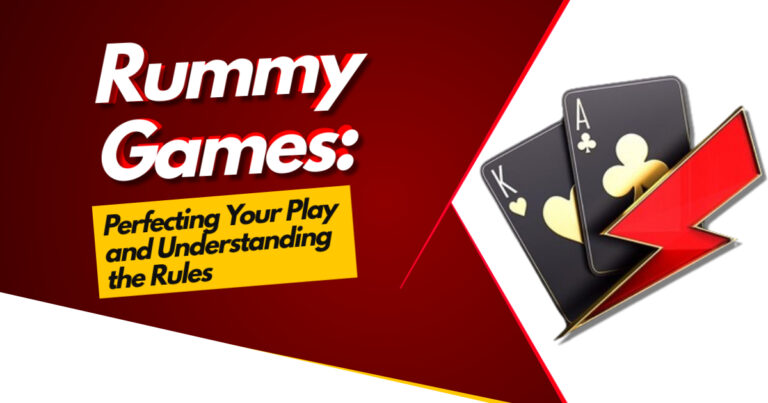How Do You Show the Cards While Playing Rummy?
Rummy is one of the most popular card games, and it’s easy to learn how to play. But do you know how to show the cards while playing rummy? Knowing the proper way to display your cards is essential to easily keep track of them and deliver them to your opponents. In this article, we’ll go over how to show the cards while playing rummy.
Sort the cards into sets and sequences
The first step in showing the cards while playing rummy is to sort them into sets and sequences. A group is three or four cards of the same rank but different suits, while a line is three or more cards in the same case in consecutive order.
For example, a set of four aces consists of 4 aces of any suit, while a sequence of five diamonds consists of 2, 3, 4, 5, and 6 diamonds. Once you have sorted your cards into sets and series, you can start to place them on the table.
Place the cards face up.
The next step is to place the sets and sequences face up on the table. When placing the cards down, orient them so that all suits face in the same direction. This makes it easier for the other players to see what sets and sequences you have. Once you have placed the scenes and sequences down, you can group them.
Group the sets and sequences together
Once you have placed the sets and sequences, you can group them. This makes tracking and showing them to the other players easier. You can group the scenes and lines into pairs, three-of-a-kinds, or four-of-a-kinds. This will help you keep track of your cards and make it easier to show them to the other players.
Place the remaining cards in a separate pile.
Once you have grouped the sets and sequences, you can place the remaining cards in a separate pile. This pile should be placed in the middle of the table and is referred to as the discard pile. This pile is where the cards that are no longer needed are set.
Arrange them in an organized manner
Once you have placed the discard pile in the middle of the table, you can arrange the sets and sequences in an organized manner. This helps to make it easier for the other players to see what scenes and sequences you have. You can arrange the sets and arrangements in a circle, straight line, or pattern.
Set up the cards at the start of the game
Before the game begins, it’s essential to set up the cards in an organized manner. This makes it easier for the other players to see what sets and sequences you have. You can set up the cards in an organized way by grouping the scenes and sequences and arranging them in a circle or straight line.
Sort the cards in hand
Once the game has begun, it’s vital to sort the cards in your hand. This helps you keep track of your cards and makes it easier to show them to the other players. You can sort the cards in your hand by rank and suit. For example, you can sort the cards in your hand by status from low to high and then by case.
Group the cards in valid sets and sequences
Once you have sorted the cards in your hand, you can group them into valid sets and sequences. This helps you keep track of your cards and makes it easier to show them to the other players. You can group the cards in valid sets and sequences by rank and suit. For example, you can group the cards in your hand into proper collections and sequences of aces, kings, queens, etc.
Place the sets and sequences on the table.
Once you have grouped the cards into valid sets and sequences, you can place them on the table. This makes it easier for the other players to see what scenes and sequences you have. When placing the sets and lines on the table, orient them so that all suits face in the same direction.
Announce the sets and sequences to the other players
Once you have placed the sets and sequences on the table, it’s important to announce them to the other players. This helps them keep track of what sets and sequences you have and makes it easier for them to make their moves. You can announce the sets and sequences by saying something like, “I have a set of four aces,” or “I have a sequence of five diamonds.”






